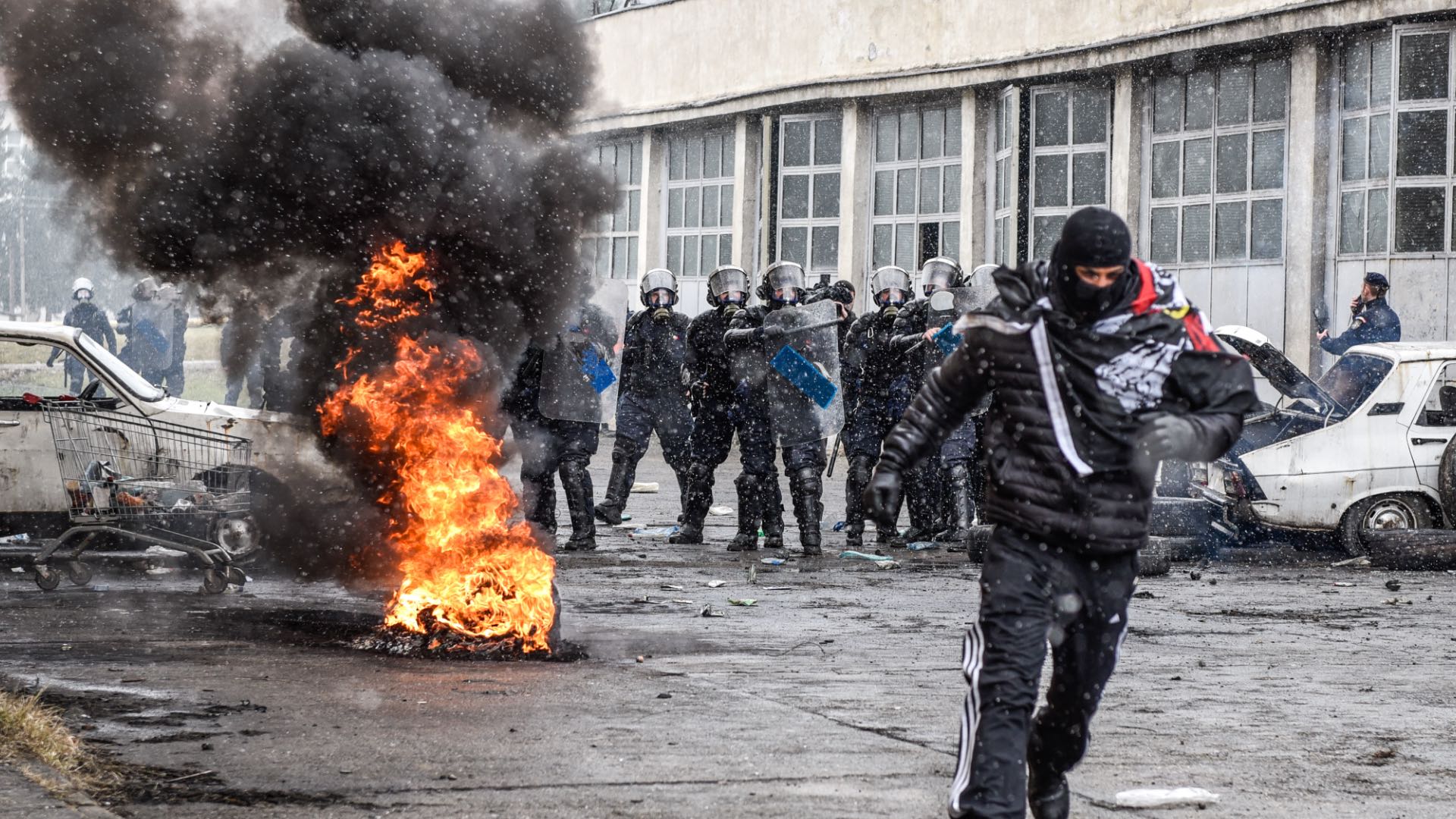
Romania
Jandarmeria Romana
1850
The moment that marks the founding of the Romanian Gendarmerie was April 3, 1850 when, through a princely office, Prince Grigore Alexandru Ghica approved the decision of the “Public Divan”, signing the “Legislation for the reform of the Corps of Servants in the Gendarmes”.
1864
By the Law on the organization of power armies in Romania, since November 1864 The Gendarmerie is organized on new principles, removed from the administration of the Ministry of Interior and directly subordinated to the Ministry of War.
1893
The Regulation for the application of the Rural Gendarmerie Law appeared.
1990
The Command of the Guard and Order Troops was transformed into the Command of the Gendarmerie Troops.
1998
The promulgation of the first law on the organization and functioning of the Romanian Gendarmerie.
2002
Starting with 2002, the Romanian Gendarmerie is a full member of the FIEP. As it carried out its first mandate in 2008, the Romanian Presidency of FIEP had a significant contribution to the Association’s update, by promoting expansion of new cooperation fields.
2004
Entering into force of the new Law on the organization and functioning of the Romanian Gendarmerie, which establishes the status, attributions and competencies of the institution, the organization and management, the rights and obligations of the institution’s staff.
2008
Romanian Gendarmerie becomes a member of the EUROGENDFOR.
Social media & website links: